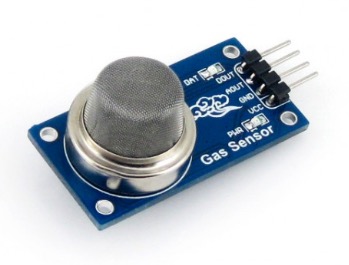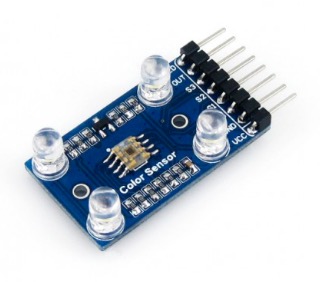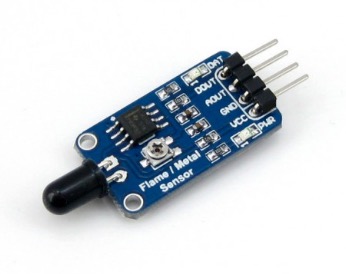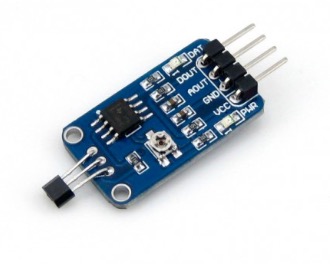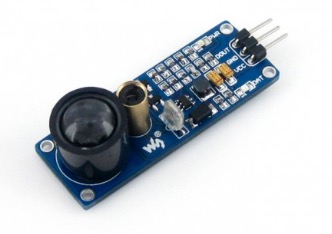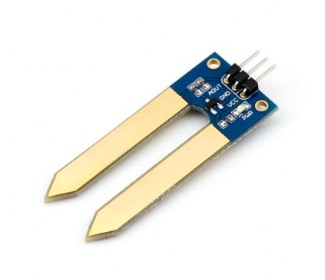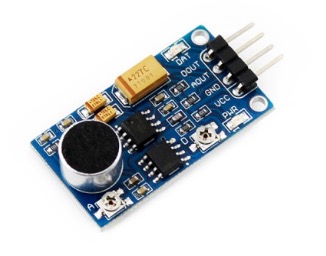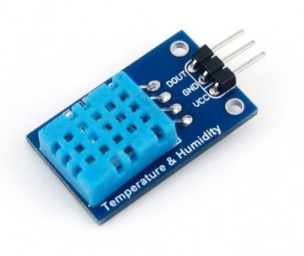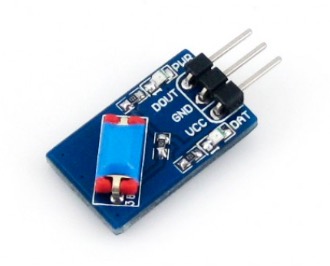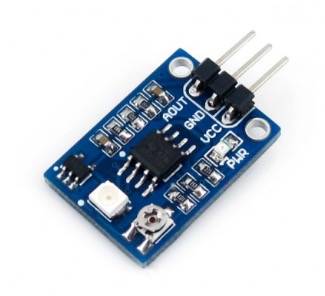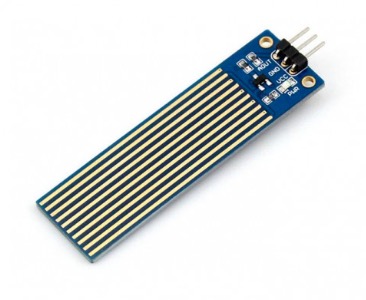Recent Posts
STM32 XNUCLEO Development Kit - IoT Sensor Pack
Posted by on
The Copperhill Technologies STM32 XNUCLEO Development Kit With IO Shield And Sensors Pack provides a number of sensors, including Gas, Color, Flame, Hall, IR, UV, Laser, Sound, Temperature and Humidity, Tilt, Liquid level, and more. In detail, they are:
MQ-5 Gas Sensor
The MQ-5 is a high performance gas sensor for detecting butane, propane and methane, and it can identify both propane and methane at a same time. The MQ-5 is highly sensitive to natural gas. It features the ability to detect various inflammable gases at low cost, making it an ideal choice of different applications of gas detection.
- Sensitive for LPG, natural gas, coal gas
- Output voltage boosts along with the concentration of the measured gases increases
- Fast response and recovery
- Adjustable sensitivity
- Signal output indicator
TCS3200 RGB Color Detector
The TCS3200D color sensor contains four types of filters: red filter, green filter, blue filter, and clear with no filter.
When the sensor is illuminated by a ray of light, the types of filters (blue, green, red, or clear) used by the device can be selected by two logic inputs.
- Sensor Chip: TCS3200 (RGB color detector)
- Detects static color, the output is a square wave with frequency directly proportional to incident light intensity
- Supports fill-light by onboard LEDs
LM393 Flame Sensor
This module can be applied to fire detection system, fire-fighting robot, fire alarm system, etc
The flame sensor is designed to detect fire only, but it is not fireproof itself. When using it, please keep a safe distance from the fire to avoid burning out.
- Sensitive to flame spectrum
- Features wide range voltage comparator LM393
- Adjustable sensitivity
- Signal output indicator
49E Hall Sensor
The 49E Hall sensor is a small-size universal linear Hall sensor.
The output signal level of the 49E is proportional to the magnetic field intensity applied to its sensitive head.
For a zero magnetic field, the output voltage of 49E is a half of the supply voltage.
- 49E hall sensor
- Features wide range voltage comparator LM393
- Adjustable sensitivity
- Signal output indicator
Infrared Reflective Sensor
An infrared sensor contains two parts: an infrared transmitter and an infrared receiver. The infrared transmitter consists of an infrared LED array as a luminophor, and a PN junction made of a special material with high infrared radiation efficiency, which usually is GaAs. When a current injected into the PN junction by a forward bias voltage, it can excite a source of infrared light with a center wavelength range of 830nm-950nm. The power of the infrared light excited is proportional to the current injected. However, in the case that the injected current excesses the maximum rating, the power of the infrared light may decline as the current increases.
- Reflective infrared Transceiver
- Features wide range voltage comparator LM393
- Adjustable sensitivity
- Signal output indicator
Laser Sensor
A laser sensor contains a transmitter and a receiver. In the transmitter, there is an oscillating tube can generate a shockwave in a frequency of 180KHz. After amplified by a transistor, the shockwave is applied to the laser tube for exciting.
In the receiver, there is a receiving tube, matching to the oscillating tube, can receive the reflected light. Since the laser sensor adopts modulation processing technology, the receiving tube can only receive the reflected light in a same frequency, efficiently preventing from the visible light.
- Features boost circuit
- Signal output indicator
Moisture Sensor
This module is an application of current amplification by a transistor. When the water in the soil is sufficient enough to conduct the current between the base and the positive power supply, a certain amount of current is generated between the base and the emitter.
In the meantime, an electric current is produced in a specific amplification factor between the collector and the emitter and applied to the resistance in the emitter to produce a voltage. This voltage will be collected by an AD converter.
Rotation Sensor
An incremental encoder is a kind of rotation sensor for translating rotary displacement into a sequence of a digital pulse signal.
The displacement can be gained by counting the number of the pulses outputted in the course of clockwise or anticlockwise rotation. When compared with the potentiometer, the rotary counter has no limit for counting.
So, there is a reset button provided to reset the counter to the initial state, restarting at 0.
Sound Sensor
The LM386 is an audio power amplifier with features such as low power consumption, adjustable voltage gain, broad voltage power supply, fewer requirements on peripheral components, and minimum total harmonic distortion. The LM386 can be applied to the consumer products with low voltage requirement.
To minimize the number of peripheral components, the voltage gain should be set to 20.
Connecting a resistor and a capacitor externally between the Pin1 and the Pin8, it is possible to configure the voltage gain to any value within the range of 0-200.
DHT11 Temperature-Humidity Sensor
The DHT11 module can be applied to environmental temperature & humidity measurement.
It is a calibrated digital temperature and humidity module with onboard sensor DHT11.
It can be used for detecting ambient temperature and humidity, through the standard single-wire interface.
Specifications
- Temperature
- Resolution : 1°C
- Accuracy : ±2℃
- Measuring range : 0°C ~ 50°C
- Humidity
- Resolution : 1%RH
- Accuracy : ±5%RH (0~50°C)
- Measuring range : 20%RH ~ 90%RH (25°C)
- Operating voltage : 3.3V ~ 5.5 V
- Recommended storage condition
- Temperature : 10°C ~40°C
- Humidity : 60%RH or below
Tilt Sensor
This vibrating sensor is essentially an application of mercury switch. In a condition of vibrating or tilting, the sensor may enable the switch to close or loose.
This module can be applied to vibrating detection, anti-theft alarm, smart car, electronic building blocks, etc.
Applications
- Shake detection
- Guard alarm
- Smart car
- Electric bricks
UV Sensor
This module has a UV sensor, GUVA, which is an ideal device for detecting the amount of UV rays without wavelength filter, since it is UV ray sensitive only.
In other words, the wavelengths of 365nm(UV-A) and 320nm(UV-B) are the cut-off thresholds of GUVA.
The output voltage of the UV sensor increases with the enhancement of the ultraviolet intensity. And the maximum output voltage of UV sensor is 2-3V.
When the ultraviolet intensity is not strong, the output voltage may be in the range of 0.01-0.1V. It's recommended to test the module outdoor or irradiate the module with UV LED.
Liquid Level Sensor
This module is an application of current amplification by a transistor.
When the liquid level is high enough to conduct the current between the base and the positive power supply, a certain amount of current is generated between the base and the emitter.
In the meantime, an electric current is produced with a certain amplification factor between the collector and the emitter, and applied to the resistant in the emitter to produce a voltage.
This voltage will be collected by an AD converter.
 Loading... Please wait...
Loading... Please wait...

